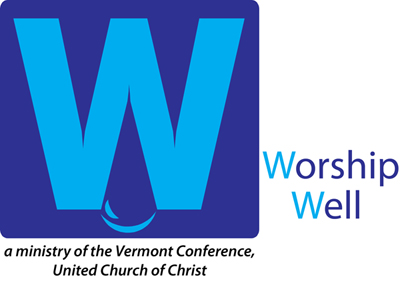[UN] Scripted

Often in worship services…reading Scripture…breaking open the Word…reading the Bible…whatever you call it…takes place with a simple and standard format:
- just before the sermon a worship assistant/pastor walks up to the lectern;
- introduces a reading by saying something like this: “our Gospel reading this morning is found in Matthew, chapter 5, verses 1-12;
- reads the text;
- ends by saying something like this:”may God bless the reading and hearing of this, God’s holy Word”;
- reader sits down.
Simple. Standard. Often effective. Not always though. Sometimes a Scripture passage is dense and complicated (e.g. Paul). Sometimes a reading lasts longer than people are used to listening. Sometimes people are so used to the place where Scripture is read in worship that they start to space out as soon as the lectern is ascended (Pavlovian response). SCRIPTURE IS GOOD/AWESOME/WONDERFUL/LIFE CHANGING/WORLD CHANGING AND WORTH HEARING. SO HOW DO WE SPEAK IN A WAY THAT PEOPLE WILL HEAR?
I have found in my own ministry that some simple changes to a church’s format for reading Scripture can go a long way in helping people to hear. Here are some thoughts to consider:
- take one Sunday or one season to change WHEN a passage is read in the service. During Easter, start each service (before announcements, before introit) by reading the lectionary passage from Acts. On the 847th Sunday after Pentecost, end the service with a reading of Psalm 23.
- change WHERE Scripture is read by losing the lectern. Read from the choir loft. Read from the back of the church. Read from the 7th pew on the left hand side. Use the passage itself to guide you. Is Jesus walking in the passage…then walk while you read. Does the passage take place on a mountain…then stand on the balcony (if you have one) or a pew while reading.
- change HOW a passage is read by breaking it up into sections (e.g. read part of it, sing a hymn verse, then read the 2nd part of it). Change HOW a passage is read by adding music in some way. Change HOW a passage is read by adding visuals (projected images, artwork, dance), using a different translation, using a children’s Bible version, reciting it from memory, reading it from a piece or paper or tablet rather than a book…
- change WHO reads. Longer readings can be broken up into 3 or 4 sections with a different reader for each one (switching of readers helps lengthen attention span). Rather than have a designated reader, ask for a volunteer from the congregation to read (click here for more info about this). Ask a choir member to read a passage that mentions music/singing/instrument.
Importantly, keep in mind that Scripture is good…really good. It doesn’t need laser light shows, fireworks or a full orchestra. It just needs to be heard and with a few, simple, periodic tweaks, it just might be heard better. May it be so.
© Rev. Kevin Goldenbogen, 2016


